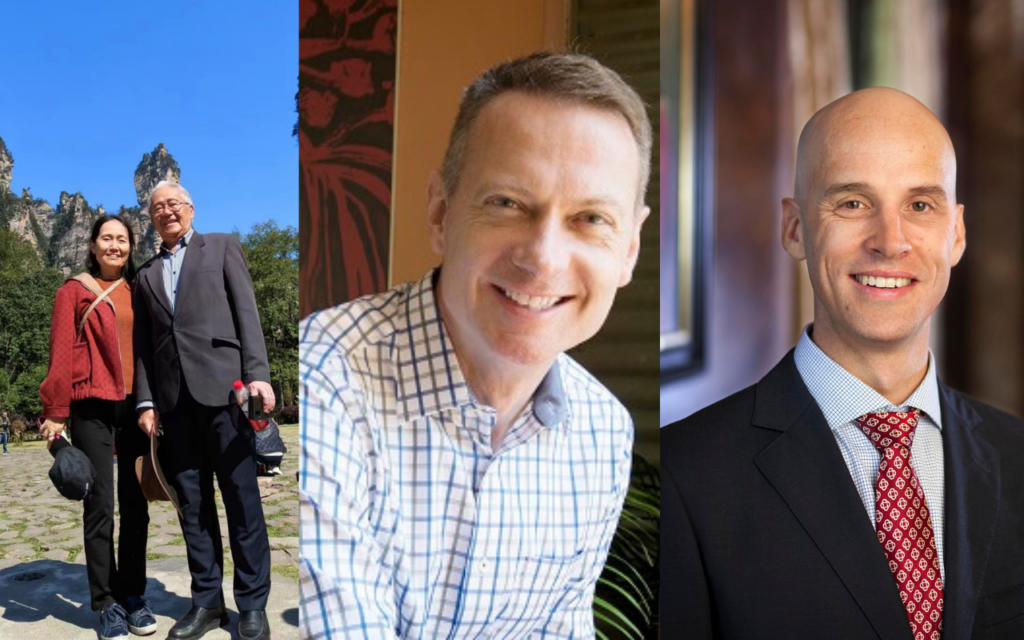Researchers from Northern Territory Health have been recognised for their work into life expectancy of Indigenous people in the Top End.
Research looking at the life expectancy of Indigenous and non-Indigenous people in the Northern Territory has won the 2022 Medical Journal of Australia (MJA) Award for Excellence in Medical Research.
The research, conducted by Dr Yuejen Zhao, Shu Qin Li, Dr Tom Wilson, and Professor Paul Burgess, found that life expectancy for Indigenous people in the NT improved markedly from 1999 to 2018, with fewer lives lost to cancer, injuries and chronic disease.
The MJA Editor-in-Chief, Professor Virginia Barbour, congratulated the team, saying they were worthy recipients of the award.
“I congratulate Dr Zhao, Shu Qin Li, Dr Wilson, and Professor Burgess for winning the MJA Award for Excellence in Medical Research,” Professor Barbour said.
“Their important research has helped contribute to the growing Australian academic literature about Indigenous health and wellbeing.
“We know that more needs to be done to improve the health outcomes for Aboriginal and Torres Strait Islander people, so the MJA really encourages more research into this area.
“It is also vital that the research community recognises the importance of research into the health and wellbeing of Aboriginal and Torres Strait Islander people, and here at MJA, we are proud to do that through this award.”

Co-author Professor Paul Burgess, the Senior Director of Health Statistics and Informatics at NT Health, said the team were honoured to receive the award.
“We are delighted and humbled to accept the MJA award for Excellence in Medical Research,” Professor Burgess said on behalf of the team.
“As public health officials, we generally eschew the limelight — outside the occasional pandemic!
“However, we think the true recognition for this work belongs to the many Aboriginal and non-Aboriginal people who have volunteered or worked tirelessly over the past 20 years to improve health outcomes across the NT.”
Their research is part of a burden of disease study conducted every five years, Professor Burgess said.
“Every five years we undertake the NT burden of disease study to understand the changing demands on the NT health system and also capture health outcomes through analysis of causes of mortality.
“We use our burden of disease work as evidence to guide policy and program development in NT Health.
“For our research, we were interested to see if there were changes in life expectancy in the NT population and in what disease areas these changes were occurring.”
The research found that the life expectancy gap between Aboriginal and non-Aboriginal Territorians has closed significantly over the past 20 years — by 26% for men and by 21% for women.
“In our research, we estimated, at the current pace of improvement, it would take another 60 years to close the gap in life expectancy between Aboriginal and non-Aboriginal Territorians,” Professor Burgess said.
“Clearly, we can and should do better than this.
“We have shown that life expectancy gains are achievable and that with further investment across health and the social determinants, we could expect to fast-track further improvements.
“Critically, we need to listen to and partner with Aboriginal communities to address their priorities for action.”
Professor Burgess hoped the research could help accelerate efforts to improve health and social outcomes for Aboriginal and Torres Strait islander people.
“While our epidemiological research has not contributed directly to health gains, we have validated the efforts of the many Aboriginal and non-Aboriginal people that are working to improve outcomes every day across health, education, justice, housing and a myriad of non-government organisations,” Professor Burgess said.
“It would be wonderful if our work could instil hope and perseverance for frontline workers and stimulate further investment to accelerate closing the gap in health and social outcomes.
“Real change is absolutely possible.”
Read their research in the Medical Journal of Australia.
Subscribe to the free InSight+ weekly newsletter here. It is available to all readers, not just registered medical practitioners.

 more_vert
more_vert